The Callisto Protocol Review (PS5) – In The Shadow of Dead Space
The Dead Space series helped reinvigorate a relatively dwindling genre back in 2008 and 2011. Survival horror needed a fresh injection of ideas and creativity, which Visceral Games’ magnum opus was all too happy to provide. The immersive approach to HUD design, horrific Necromorph creatures and wonderfully terrifying atmosphere showed the kind of direction the genre could take. It was an evolution in so many ways, while also perfecting so many elements of what makes 3rd person horror action so intensely gratifying. The Callisto Protocol is a welcome return for many of those pioneering developers, especially from my own personal perspective. Which makes this all the more painful to write.
Dead Space is one of my favourite series of all time, yet The Callisto Protocol only just about manages the basics of what the 2008 entry achieved so perfectly. It’s a flawed spiritual successor that has lost the essence of what made the inspiration so spectacular, but it never truly fails.
It’s almost impossible to speak about The Callisto Protocol’s strengths and missteps without referencing it to Dead Space, so please bare with the constant comparisons, as they’re essential to understanding whether you’ll like or loathe this new action horror experience.
With all that out the way, grab your plasma cutter pistol and baton, suit up in your favourite orange jumpsuit, it’s time to delve into the violent and blood-soaked depths of Black Iron Prison.
More Tin Than Iron
Set on Jupiter’s moon Callisto, Jacob Lee – our sketchy and rather aloof protagonist – has his ship boarded and unceremoniously crashed onto the dead planet. Captured by the security forces of Black Iron Prison, he’s subsequently incarcerated, only to wake to the hideous screams of people suffering. Black Iron is descending into chaos, with blood, bodies and destruction erupting all around.
The story follows Jacob’s attempts to escape the calamity occurring around him. Sounds familiar right? A certain Isaac Clarke faced an alarmingly similar situation. Unlike engineer-turned-unwilling-hero Isaac, Jacob is fully voiced for his first outing and he has a couple of key characters aiding and obstructing his breakout.
Callisto Protocol’s story is both minimal and entirely predictable. Jacob himself, incredibly, only realises what’s going on in the final chapter when every player and even in-game character has not only figured it out, but actually relayed this information to him already. The tiny cast of characters are likeable enough, but their backstories are poorly handled and the emotional moments don’t feel anywhere near earned.
Everything is voiced superbly well and the performances are great for the material they have, but the problem is that as a player, I had little to really connect me with any of the cast. Isaac had a reason to be on the Ishimura, Jacob has no stakes in Black Iron Prison – why am I rooting for this guy? There’s a lack of development in both the overarching story and the characters within it that makes it fairly disinteresting.
It’s a typical “wrong place, wrong time” kind of approach which lacks any creative spin to make the conclusion feel satisfying. The ending also feels rushed and unfinished, further cementing the notion that this story needed a lot more fleshing out. Audio notes are present and correct, and while they offer some interesting tidbits, they don’t do nearly as good a job of exploring the world of Callisto as Dead Space’s.
I wouldn’t say the story is bad per se. It’s run-of-the-mill and you’ll know what’s coming well ahead of its reveal, unlike Jacob. It doesn’t help that The Callisto Protocol relies on old tropes to justify gameplay situations, like how you always get separated by a clearly bad decision from other people. The small cast would have provided a lot of room for interesting and subtle development which feels lacking here. Sam Witwer is also criminally wasted as a primary antagonist.
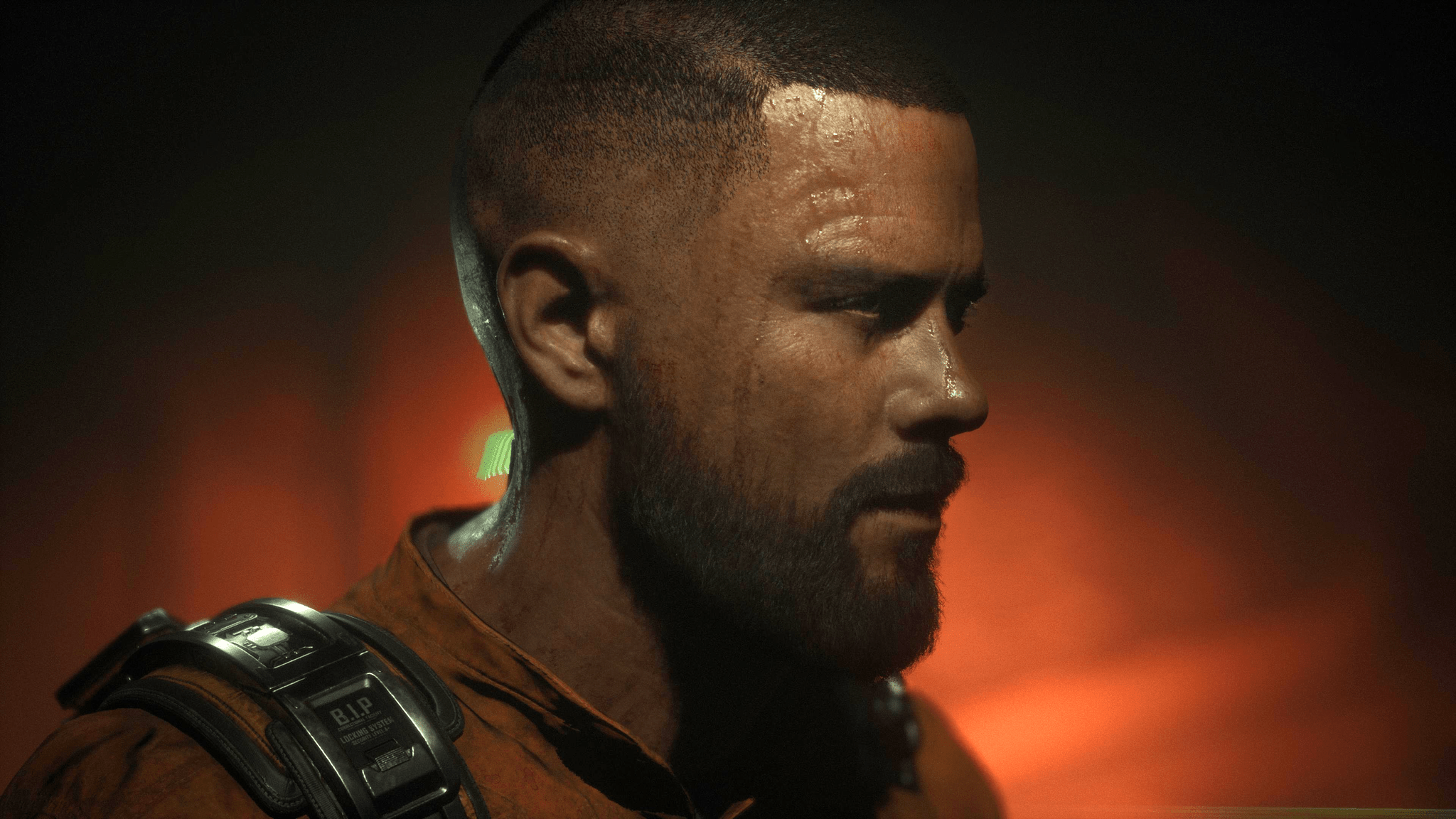
Swing and A Miss
With Jacob’s escape attempts expectedly going wrong at almost every turn, he’ll be needing to battle his way out of numerous dire situations. Black Iron Prison is now infested with mutated, disgusting and raging creatures, all of which have a hankering for severing your head from your body.
Combat-wise, Callisto Protocol deviates from the Dead Space mould in a couple of key ways. The first is the emphasis on melee combat. Jacob quickly acquires a baton which can be used for both rapid combos and slower, more powerful swings. You won’t ever use the heavier attacks, owing to the animation getting you killed more than aiding you killing, but we’ll get to that.
Additionally, there’s the inclusion of the block and dodge features. Holding the left stick left or right will allow Jacob to nimbly lurch in that direction to evade a blow. You’ll be required to stack this for entire combos, swinging left to right avoiding smacks like a pro boxer. Holding the stick back allows you to block an incoming attack, but at the expense of still taking some damage.
If that sounds fiddly, it’s because it is. While I did eventually get used to the systems, the animations for when you vs when your enemy strikes are… inconsistent. If you swing at the same time, your enemy always succeeds, even if you land first. Should the system decide your stick is 0.1% degree over a threshold, you’ll block (and die) instead of dodge, or miss the evade altogether.
It is satisfying to brute force a mutant’s face into a thousand gory pieces of sinew and brain matter, but the melee system is rather clunky and takes a lot of getting used to. Combat is also so ferocious and enemy numbers so large in the latter half, you can’t even really use the slower, heavier strikes for fear of being mauled and impaled, making some of the mechanics rather redundant.
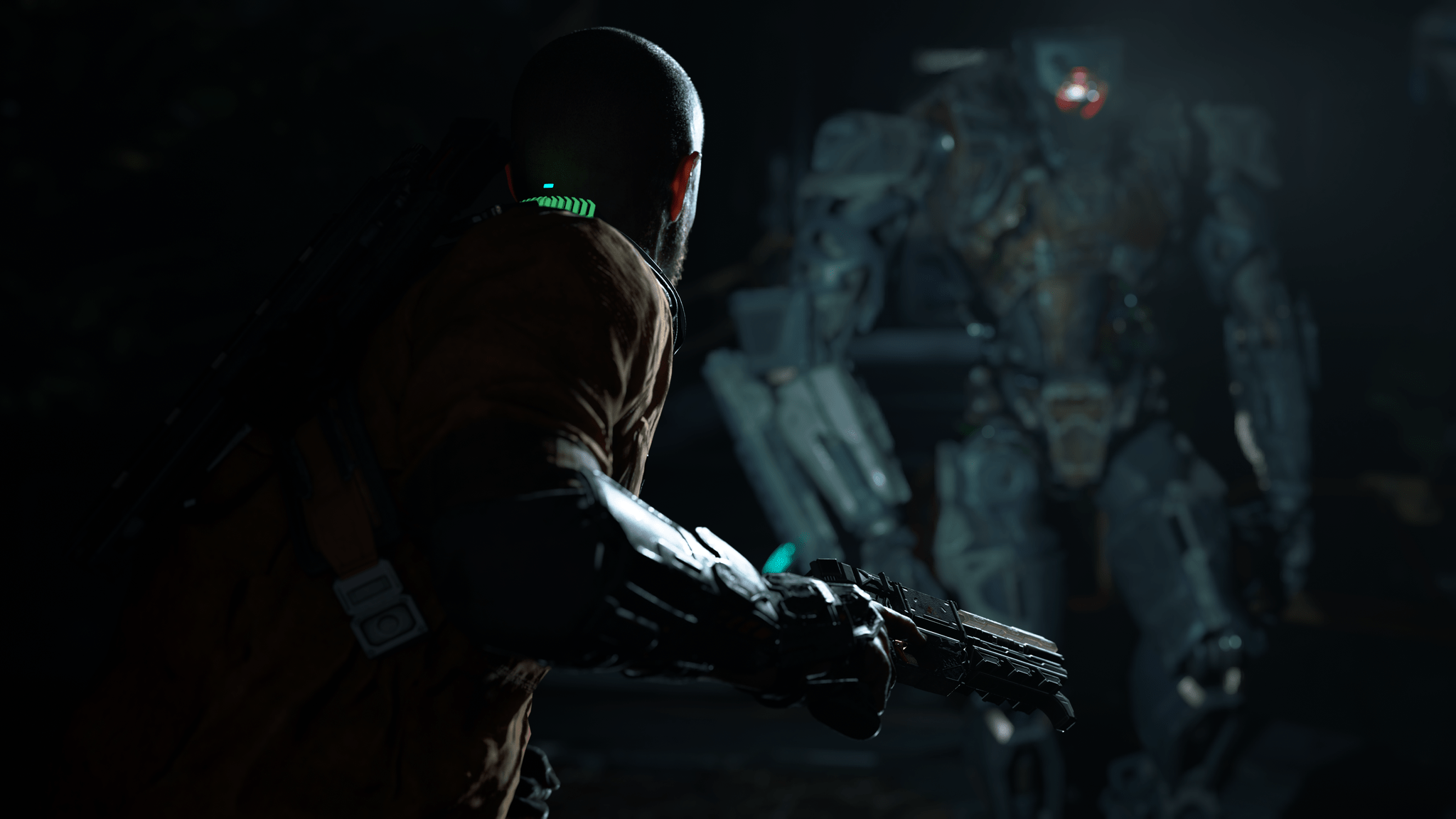
Aim For The Tentacles
Ranged and environmental combat fare a little better in Callisto Protocol, though they too come with some caveats. Black Iron Prison has a more grounded approach to weapons – sporting a pistol, shotgun and assault rifle with which to hold off the hordes of grotesque monsters.
Gone is the creative and interesting toolset of Isaac’s survival, now you have basic weaponry that can be upgraded via standard stat boosts and eventually an alternate fire for each. Two of the weapons you discover are another version of a pistol and shotgun, making them superfluous and a drain on your inventory space, too.
Your tools of mutant destruction thankfully still pack a viscerally satisfying punch. Shots will smash through flesh and bone, detaching legs, arms and heads complimented with a shower of gore. One concession Callisto makes is in bringing back the aiming reticule, which while necessary for this universe, feels like another step back from Dead Space’s dedication to immersion.
Telekinesis is enabled via a GRP chip in Jacob’s arm which allows him to pull in all manner of objects, including whole enemies. Littered in almost every environment are supersonically quick fans, spiked walls and explosive cannisters you can lob to send limbs flying like you’ve detonated TNT on a watermelon stand.
You’ll need to make ample use of all of your available tools to succeed and the combat itself can be really, really satisfying when it clicks, but there are some issues. First is that shotguns can blow out a mutant’s leg with 1-2 hits, which allows you to 1-hit melee them, making this a far too effective means to kill everything. Second is that the camera angle and reticule can often go awry in chaotic moments, causing you to miss easy shots and making bigger engagements more frustrating than adrenaline-fuelled.
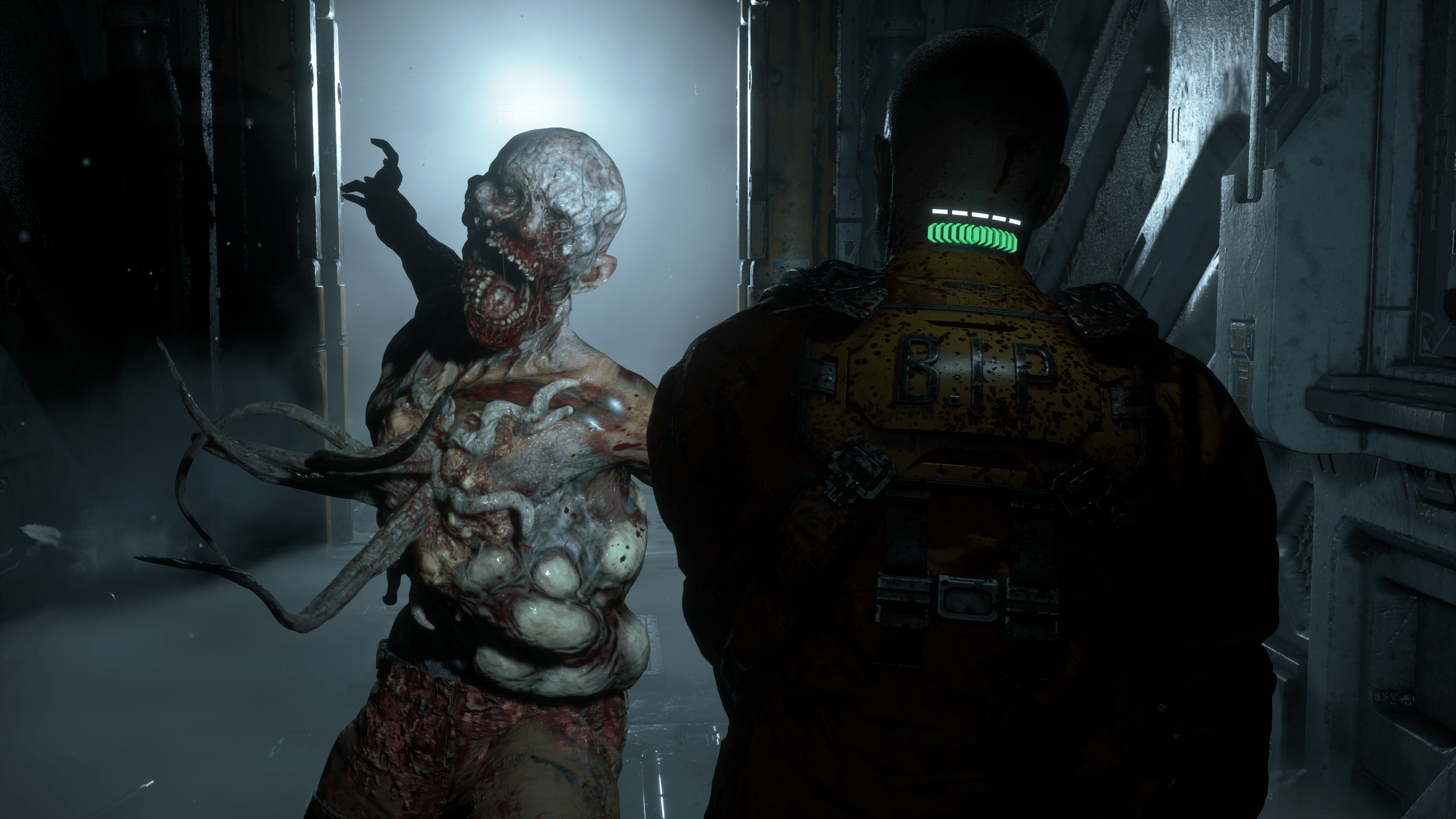
Killing Floor
Stalking through Black Iron’s industrial corridors and Callisto’s environments will mostly have you shooting, smacking and launching things at the ferocious bubonic humans you’ll fight. Unlike Isaac, Jacob can crouch to sneak about and backstab enemies, very reminiscent to The Evil Within 2’s mechanic.
Generally, the path forward is always linear, with a couple of deviating corridors or rooms for you to explore. These are short little diversions that can offer the potential for rewards like contraband to sell for upgrade credits, or an audio note for some light exposition. Some also lead to dead ends, featuring no combat encounters nor any loot, making their existence inconsequential.
There aren’t any puzzles or traversal obstacles you’ll face either. The most “challenging” format of this you’ll need to overcome will be a locked door or a fusebox that requires you to just use a vent to go around or have you look around to find a keycard. The Callisto Protocol feels a bit one-note as a result, relying largely on its atmosphere and combat chops to carry its runtime.
The biggest challenge is managing your inventory effectively to balance ammo, sellable items and healing injectors, alongside not getting your face ripped apart, stamped on and blown up. You’ll die a lot in Callisto, owing to how quickly enemy attacks can tear you apart, but you’ll never really feel challenged. I felt it was more trial-and-error and knowledge based than real difficulty, in comparison to other horror action games that present combat challenges and task you with thinking critically to overcome them.
Even the much-hyped mutation mechanic falls flat. Should you start inflicting damage on a creature but not polish them off with a swift end, they’ll rapidly transform into a harder-hitting variant. It should create tense scenarios of chaotic prioritisation, but it each enemy always transforms the same way and you deal with them the same post-transformation too, effectively making it a health and damage buff for them. It’s slightly artificial but it does add an extra layer of depth to your running and gunning.
The loss of effective limb dismemberment, stasis and other little features really highlights the simplicity of The Callisto Protocol’s core systems. They’re fun and engaging, but they feel like an inferior version of a game we’ve already had.

Callisto’s Boon
The Callisto Protocol absolutely nails one aspect that its predecessors did: a spectacular visual and audio spectacle.
Graphically, Callisto borders on photo-realism in its environments, character and creature design, animations, you name it. You’ll see each individual bead of sweat on Jacob’s brow or the hundreds of blood splatters plastered over his suit after a battle. When you get to gaze out onto the icy tundra of Callisto’s dying environment or look around a living quarter, I couldn’t help but just be amazed by the incredible level of detail.
The violence and gore on display are a cannibal communities’ field day. Tentacles shred out of enemy torsos, an explosion rips limbs with ferocity, blood is drenched everywhere and pieces of anatomy are spread throughout every turn of this hellish place. Environmentally, Black Iron truly captures the sense of a depraved, horrific and vile hellhole lost in the ether of space.
Audio is once again utterly superb, with constant nerve-upending riffs happening in the background. Corridors ooze with puss and you’ll be on alert to every crack, every footstep, every murmur and every scream. The 3D spatial sound design makes playing this with headphones a phenomenal experience, one which ups the fear intensely.
It’s not quite all bloody sunshine and fleshy rainbows however. The Callisto Protocol, while perfectly capturing the essence of an industrial, grotesque outbreak prison, suffers from a real lack of visual variety. The Ishimura had its fair share of repeating corridors, but it was also alive with detail, signs of previous life and a wonderful commitment to realising a horror-filled space.
Callisto is corridor after corridor, cave tunnel after cave tunnel, grey room after grey room. They’re all immaculately realised and realistic, but they’re all painfully homogenous and boring. The mutants you fight only have a handful of variants, most of which we’ve seen before, and the overall presentation just feels let down by how much of the game looks so… well, like a prison.
We’re on an entire ice-encapsulated dead moon, there surely could have been more variety than this on offer. The small sections where you traverse outside or get to a unique location are awesome, but they’re always short-lived bits of wonder before you head back into your depressing and boring cave systems.
Still, it does look and sound absolutely phenomenal, I just wish there was more creativity to compliment the amazing graphical display.
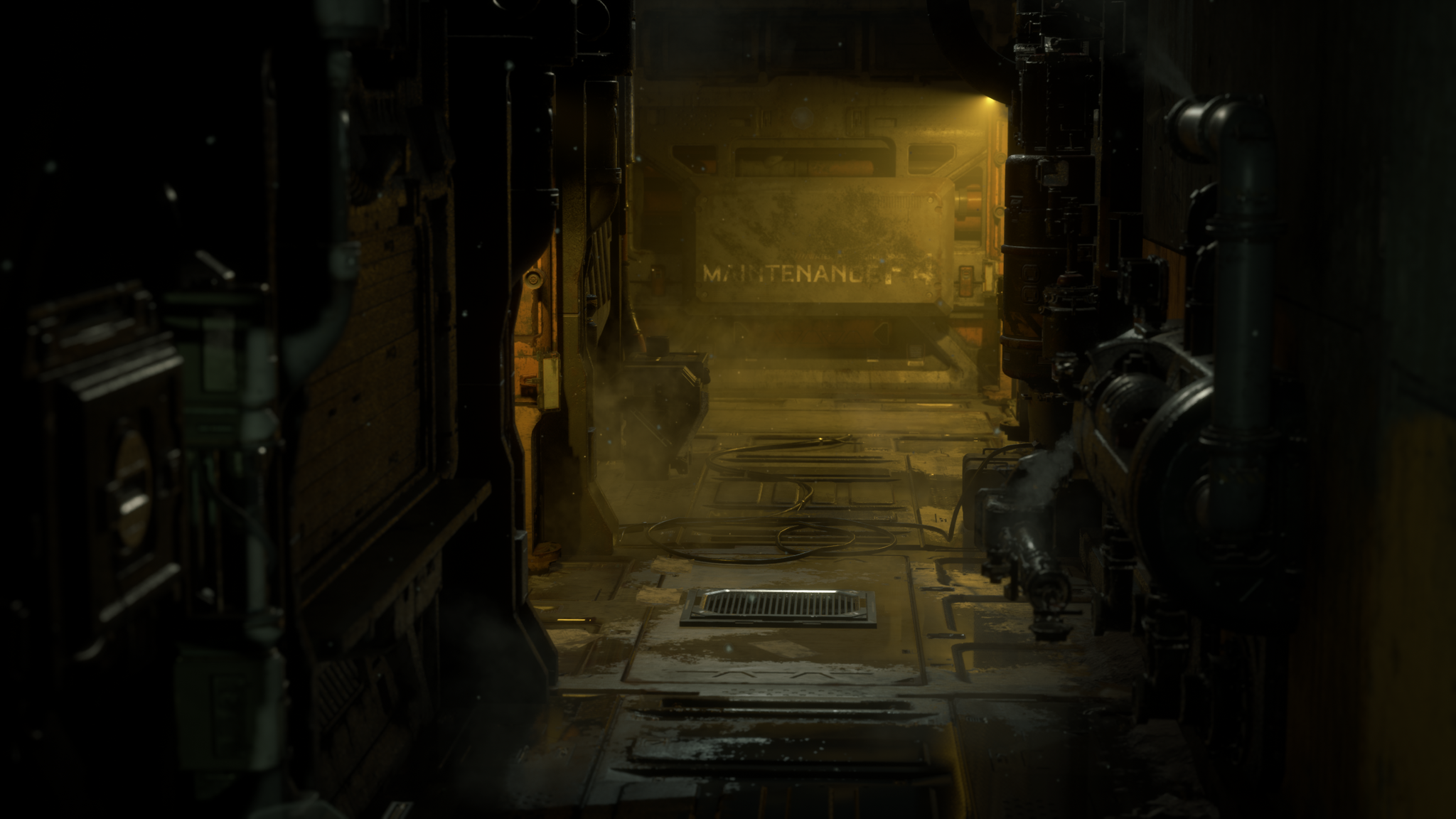
Give Callisto Some Space
It’s important to mention here, Callisto Protocol is categorically not a bad game. Far from it. It’s a visual and audible feast for horror fans, it has solid and gratifying combat and it is trying to place its own unique identity onto the genre.
Sadly, Dead Space is its biggest problem. So many of these systems, elements and mechanics were perfected almost 10 years ago and at that time they were fresh and invigorating. Callisto Protocol feels more like a prototype for a series we’ve already had. I genuinely feel a bit sad because so much of me wanted to love Callisto Protocol, only for me to be slightly relieved come the time of the credits.
There are so many elements that diffuse its horror – repetitive quick-time event prompts (those long-necked head things are so overused and infuriating), predictable jump scares, too few enemy varieties. It formed into a game I rarely actually felt scared to play. Dying in combat felt frustrating rather than exhilarating, exploring more menial than tense.
I’d be hesitant to call Callisto Protocol a survival horror title, it’s much more an action game with a foreboding atmosphere and a lot of violence. It’s fun when the systems mesh and you can bask in the gore, but loses a lot of its momentum before it truly gets going.
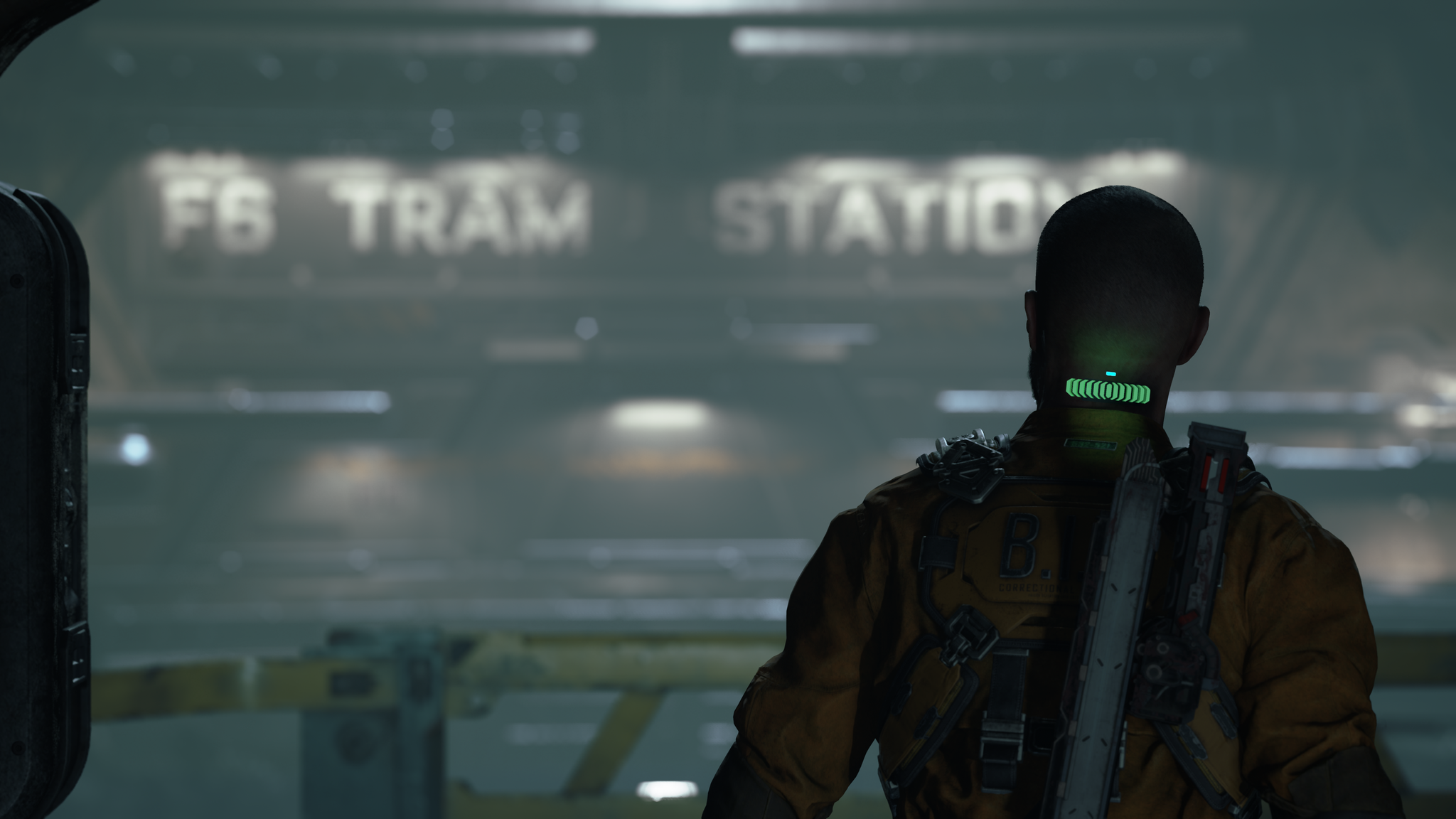
Escape From Black Iron
The Callisto Protocol was facing a daunting task in trying to recapture the magic of a series that is held in such stratospherically high regard. It really does try to catch lightning in a bottle for a second time, only for the glass to be cracked and falling apart.
I’m very pleased that this style of immersive action has returned and I have high hopes that a sequel will build on the foundations of Callisto Protocol’s attempt. It doesn’t live up to the hype nor to its predecessors, but that doesn’t mean it can’t in future with creativity and love, both of which I’m certain Striking Distance Studios have in abundance.
As its own standalone experience however, The Callisto Protocol is a good game with a spectacular visual treat, but it can’t reach the lofty, terrifying heights of those that came before.
The Callisto Protocol is a good game that falls short in almost every department of being a great one. Predictable story, gratifying-yet clunky combat mechanics and a lack of variety hold back what is an otherwise visual and audible spectacle. Dead Space has cast a long shadow since its release in 2008 and The Callisto Protocol can’t emerge from the depth of its superb darkness.

The Callisto Protocol is out now on PS4/PS5 (review platform), Xbox Series S|X, Xbox One and PC.
Developer: Striking Distance Studios
Publisher: KRAFTON, Inc.
Disclaimer: In order to complete this review, we were provided with a promotional code from the publisher. For our full review policy, please go here.
If you enjoyed this article or any more of our content, please consider our Patreon.
Make sure to follow Finger Guns on our social channels. Twitter, Facebook, Twitch, Spotify or Apple Podcasts – to keep up to date on our news, reviews and features.
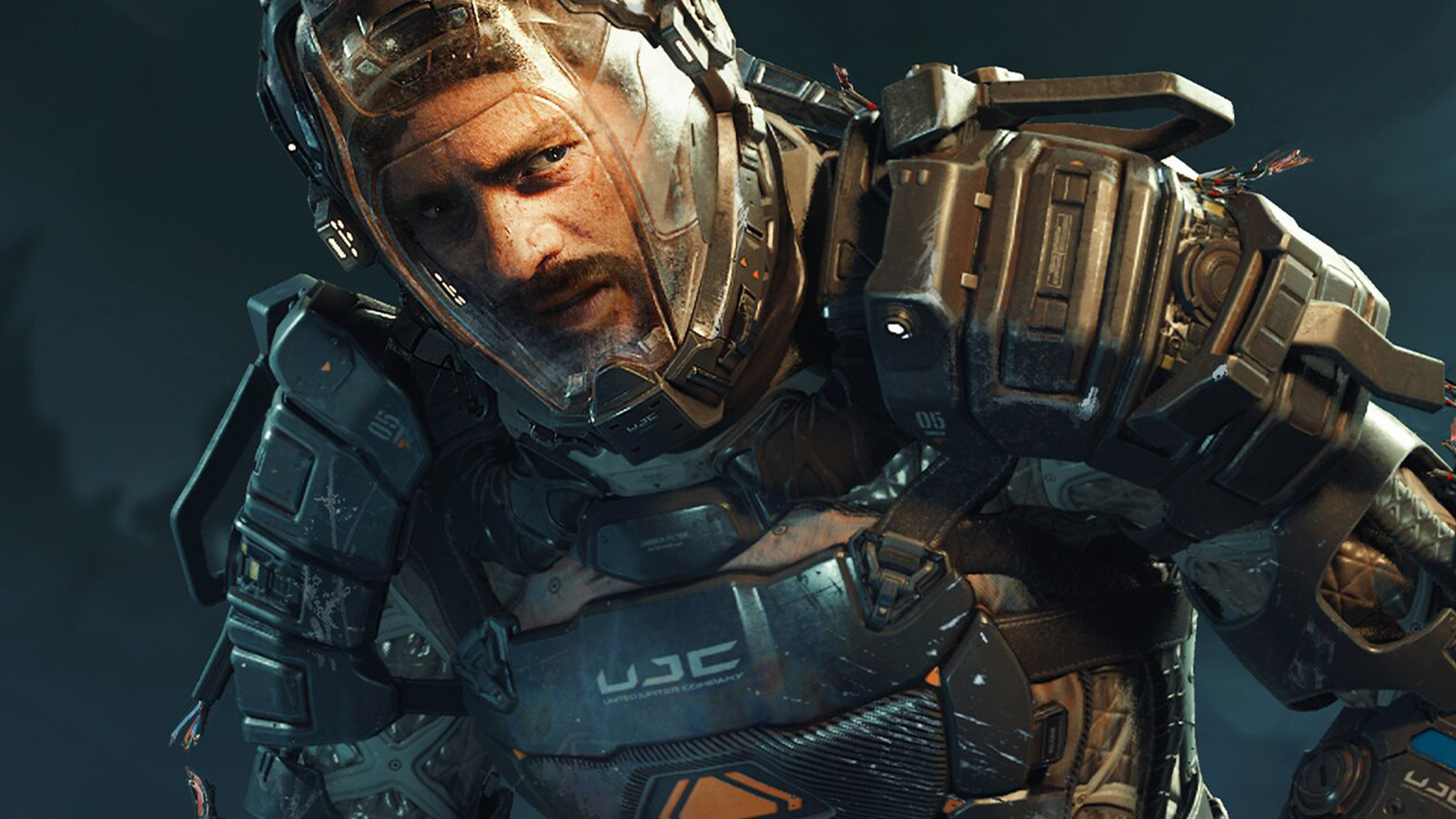

Can get a link to were I can buy the game other things